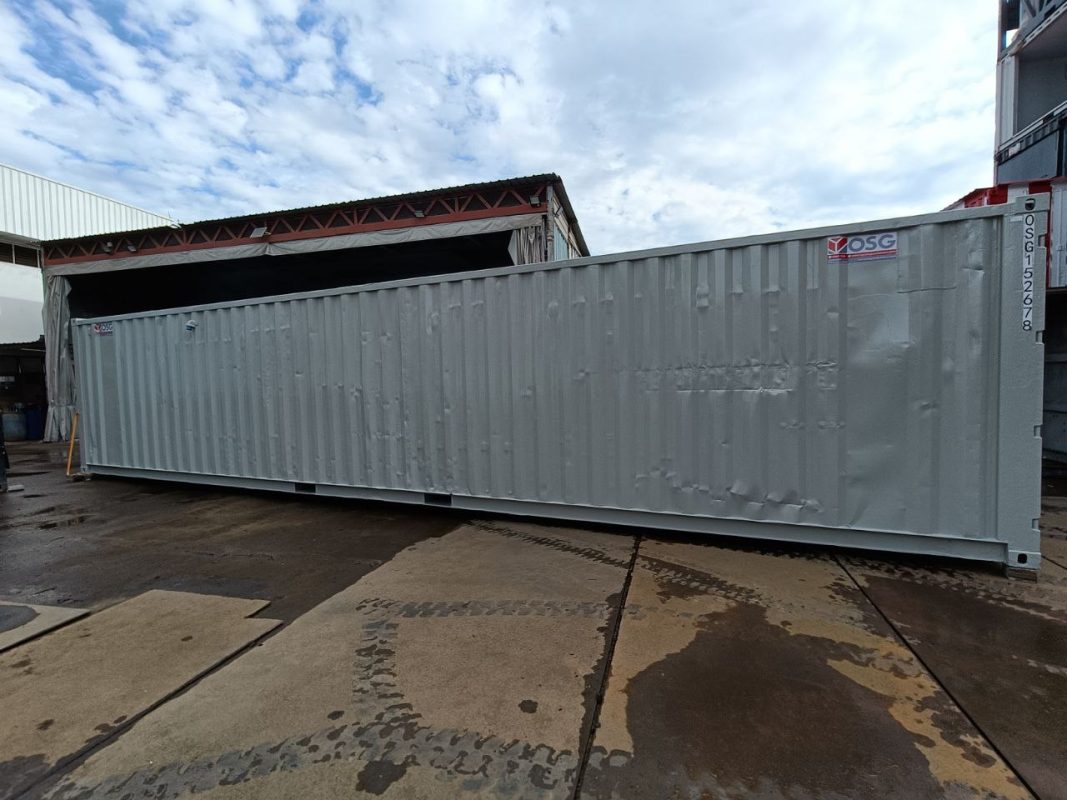Shipping Container Tiny Homes: Embracing Minimalist Living

In recent years, the appeal of tiny homes has surged, driven by a desire for simplicity, affordability, and sustainability. Among the many options for tiny living, shipping container homes have emerged as a standout choice for those seeking an innovative and minimalist lifestyle. Utilizing repurposed shipping containers for housing not only offers a unique aesthetic but also aligns with the principles of minimalism by emphasizing functionality and efficiency. This article explores why shipping container tiny homes are becoming a popular trend and how they embody the essence of minimalist living.
The Allure of Shipping Container Homes
Shipping container homes offer a myriad of benefits that make them an attractive alternative to traditional housing. These structures are inherently robust, designed to withstand harsh conditions during their journeys across the globe. This durability translates into a resilient and long-lasting home base. Furthermore, repurposing shipping containers aligns with eco-friendly principles by recycling materials and reducing waste.
The compact size of shipping container homes naturally encourages a minimalist lifestyle. By design, these homes require occupants to downsize and prioritize what truly matters, which resonates deeply with the minimalist philosophy. This forced simplification can lead to a more intentional way of living, where every item and space is utilized efficiently.
Maximizing Space in Minimalist Design
One of the most compelling aspects of shipping container tiny homes is their efficient use of space. Typically, a standard shipping container measures 20 to 40 feet in length and 8 feet in width. Although these dimensions are modest, clever design solutions can transform these containers into functional and comfortable living spaces.
- Smart Layouts: The key to maximizing space in a shipping container home lies in thoughtful layout planning. Open floor plans and multi-purpose furniture are commonly employed to make the most of the limited area. For instance, built-in storage solutions, foldable furniture, and modular components can help optimize every inch of the container.
- Vertical Space Utilization: Utilizing vertical space is crucial in a tiny home. Lofted sleeping areas, high-mounted shelves, and hanging storage can free up floor space and create a more open and airy feel. This approach not only enhances functionality but also adds a unique design element to the home.
- Natural Light and Ventilation: Incorporating ample windows and ventilation systems can make a shipping container home feel more spacious and inviting. Natural light can create a sense of openness and connection to the outdoors, while proper ventilation ensures a comfortable living environment.
Embracing Sustainable Living
Shipping container homes are inherently eco-friendly due to their use of recycled materials. This aspect aligns perfectly with the minimalist lifestyle, which often emphasizes reducing one’s environmental footprint. By choosing a shipping container home, individuals contribute to sustainability efforts while enjoying the benefits of modern living.
- Energy Efficiency: Many shipping container homes are designed with energy efficiency in mind. Features such as high-quality insulation, solar panels, and rainwater harvesting systems can reduce the home’s reliance on external resources and lower utility bills. This focus on sustainability is a natural extension of minimalist values.
- Reduced Waste: Opting for a shipping container home minimizes the need for new construction materials, thereby reducing waste and the environmental impact associated with traditional building methods. The process of repurposing containers also reduces the demand for new raw materials, further promoting eco-conscious living.
Challenges and Considerations
While shipping container tiny homes offer numerous advantages, they also come with their own set of challenges. Prospective homeowners should be aware of these factors when considering this lifestyle choice.
- Zoning and Permits: Building regulations and zoning laws vary widely depending on location. It is essential to research and obtain the necessary permits before embarking on a shipping container home project. Some areas may have restrictions or require modifications to meet local building codes.
- Insulation and Climate Control: Proper insulation is crucial for maintaining comfort in a shipping container home. Containers are made of steel, which can lead to temperature fluctuations if not adequately addressed. Investing in high-quality insulation and climate control systems is essential for year-round comfort.
- Space Limitations: While the compact nature of shipping containers encourages minimalism, it may also pose challenges for those accustomed to larger living spaces. Adapting to a smaller footprint requires a shift in mindset and lifestyle, which may take time for some individuals.
Conclusion
Shipping container tiny homes embody the spirit of minimalist living by promoting simplicity, efficiency, and sustainability. Their innovative use of space and eco-friendly design make them a compelling choice for those seeking a more intentional and reduced-impact lifestyle. While there are challenges to consider, the benefits of shipping container homes—such as durability, affordability, and environmental responsibility—make them an appealing option for modern living. Embracing this unique housing solution allows individuals to experience the essence of minimalism while enjoying the comforts of a contemporary home.

